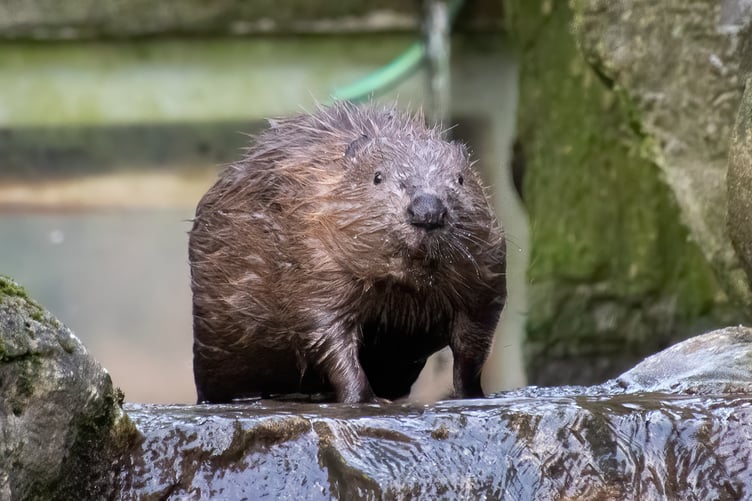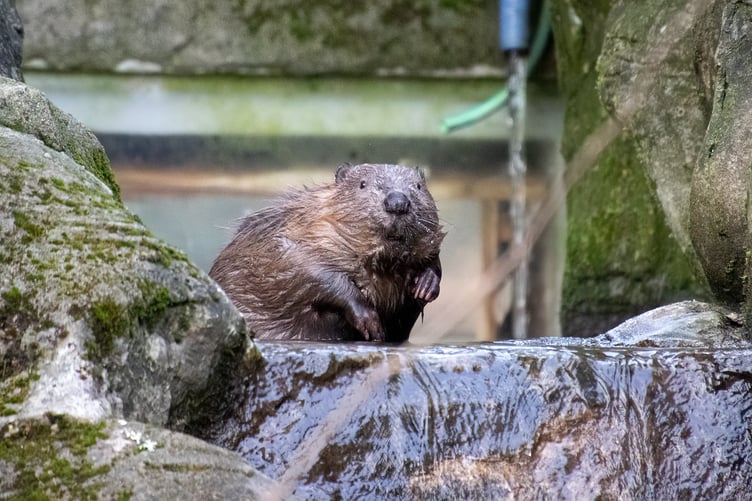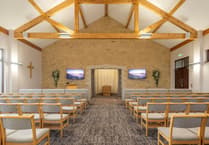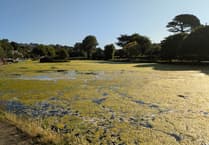CORNWALL’S Seal Sanctuary are thrilled to share that their three beaver kits have successfully graduated from the nursery enclosure to a new four-acre habitat.
With the help of the specialist site teams, a lot of perseverance (and a huge net) all three beavers have been safely moved to their new home.

The new four-acre habitat is full of all the natural resources that the beavers need, including several variations of tree species and a stream that runs through the area, adjoining the Helford River. This environment will naturally encourage the kits named Aspen, Sorrell and Buttercup, to start building new dams, beaver ponds and felling trees.
The orphaned kits, who joined the Cornish Seal Sanctuary from The Beaver Trust in Scotland last November were originally found on private land in an area where the beaver family would have been subject to human disturbance and conflict. For their welfare it was decided that they would be humanely trapped and moved to a location where they could be safely monitored.
After spending four months in the beaver nursery, all three kits are showing brilliant beaver behaviour and are ready to explore their bigger enclosure. In just a few days they are already showing signs of construction in their new home, with trees being felled and new dams being started.
Aspen, Sorrell and Buttercup will stay in this four-acre habitat at the Seal Sanctuary for around two years; leaving just before they hit sexual maturity, this will enable them to be introduced into a breeding programme by the Beaver Trust, either in a long-term facility or out in the wild.
Conservation coordinator at the Seal Sanctuary, Grace Jones, said: “It was fantastic to see our three beaver kits being transported to their new larger habitat at the sanctuary. All three kits are showing signs of brilliant beaver behaviour, and we can’t wait to see how they get on in their new surroundings. Our beaver project makes up a vital part of our conservation work here at the sanctuary, and to see this wonderful success from our rehabilitation project has been incredible.”




.jpg?width=209&height=140&crop=209:145,smart&quality=75)
Comments
This article has no comments yet. Be the first to leave a comment.